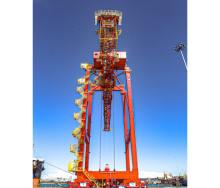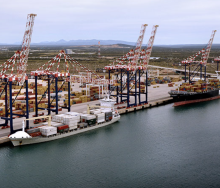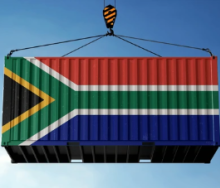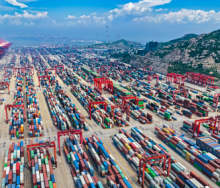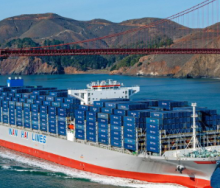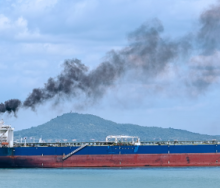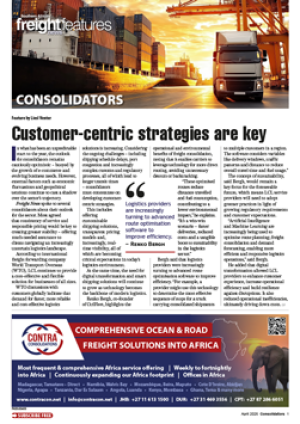Clarksons Research has released its half-year statistics on the Shipping Intelligence Network platform, which has revealed that the first six months of 2022 have proved to be another exceptional period for the shipping sector.
Steve Gordon, managing director of Clarksons research, commented in Hellenic Shipping News on the latest data.
“After the resilience and then strong recovery of recent years, it has been another exceptional half-year for shipping, with our cross-segment ClarkSea for shipping cargo transportation averaging $38 844/day, up 7% on the second half of 2021 and 157% on the 10-year average,” Gordon said.
The ClarkSea Index is a weighted average of ship earnings in $/day across the tanker, bulker, containership and gas carrier segments that represent 80% of global shipping capacity.
He said that although the first half of 2022 was “not quite a record half-year” for the ClarkSea Index (1H 2008: $39 129/day), markets remained in “exceptional territory”.
“With geopolitical turmoil added to Covid-19 disruption, shipping has again been placed at the centre of global events,” he said.
He added that the overall index continued to be skewed by containers.
“Freight was steady on the second half of 2021 at record levels, ship charter rates rose to another record $85 731/day, a strong short-term outlook for freight. Charter rates seem balanced by 8% fleet growth in 2023, a slowing economy and, eventually, an easing of congestion,” he said.
Bulk carriers have eased back ($24 440/day from $32 519 in the previous half) but still had their second-best half since 2008.
“The world economy is a concern, but a short orderbook and potential for some Chinese stimulus is more encouraging,” he said.
Tankers, buoyed by a strong performance in oil products but held back by VLCCs, averaged $25 698, up from three consecutive quarters (that were) less than $10 000 and reflecting disruption and changing trade patterns initiated by the Russia-Ukraine conflict. Car carriers (supported by congestion) have hit all-time highs.
The costs at the end of June were TC (tank container) 6500 and PCTC (Pure Car/Truck Carrier) $62 500/day, almost three times the 10-year trend. LNG term rates were unsurprisingly above trend. The one-year Time Charter rate was up 49% on the 10-year trend, reflecting the role of LNG in energy transition and now in energy security, with Europe moving to source increased LNG.
“As macroeconomic headwinds and inflation pressures build, seaborne trade growth has slowed below trend and needs monitoring carefully. We are now projecting 12.2 billion tonnes of seaborne trade in 2022, down from a 12.4bn forecast at the start of the year,” Gordon said.
He added that factors impacting shipping included tonne-mile growth, which was still close to trend, reflecting changing trade patterns and the extra distance of European imports and Russian exports, while congestion remained elevated, tying up capacity.
“Containership port congestion globally remains elevated, with the total level of box ship capacity at port standing at 36.2% of the fleet at the end of June, above the year-to-date average of 35.7% and the 2016-19 average of 31.5%. A complex sanction regime has created further ‘inefficiencies’ across the shipping transportation system,” Gordon said.
The global fleet grew below trend at 1.4% to reach 1.51bn GT/2.2bn dwt (fleet value rose 10% to $1.4tr), continuing a theme of “manageable” and in some sectors “favourable” supply, the research found.



